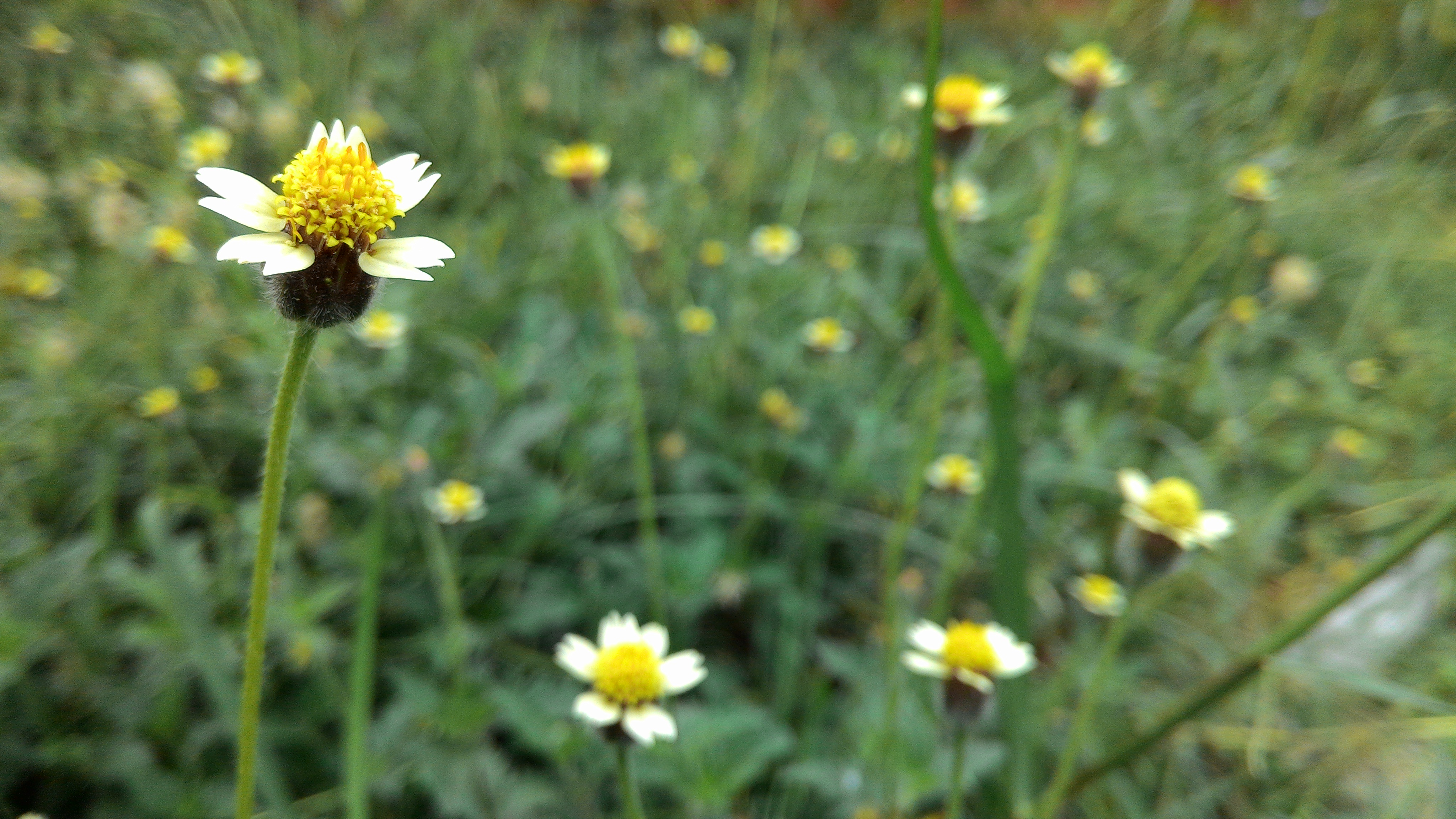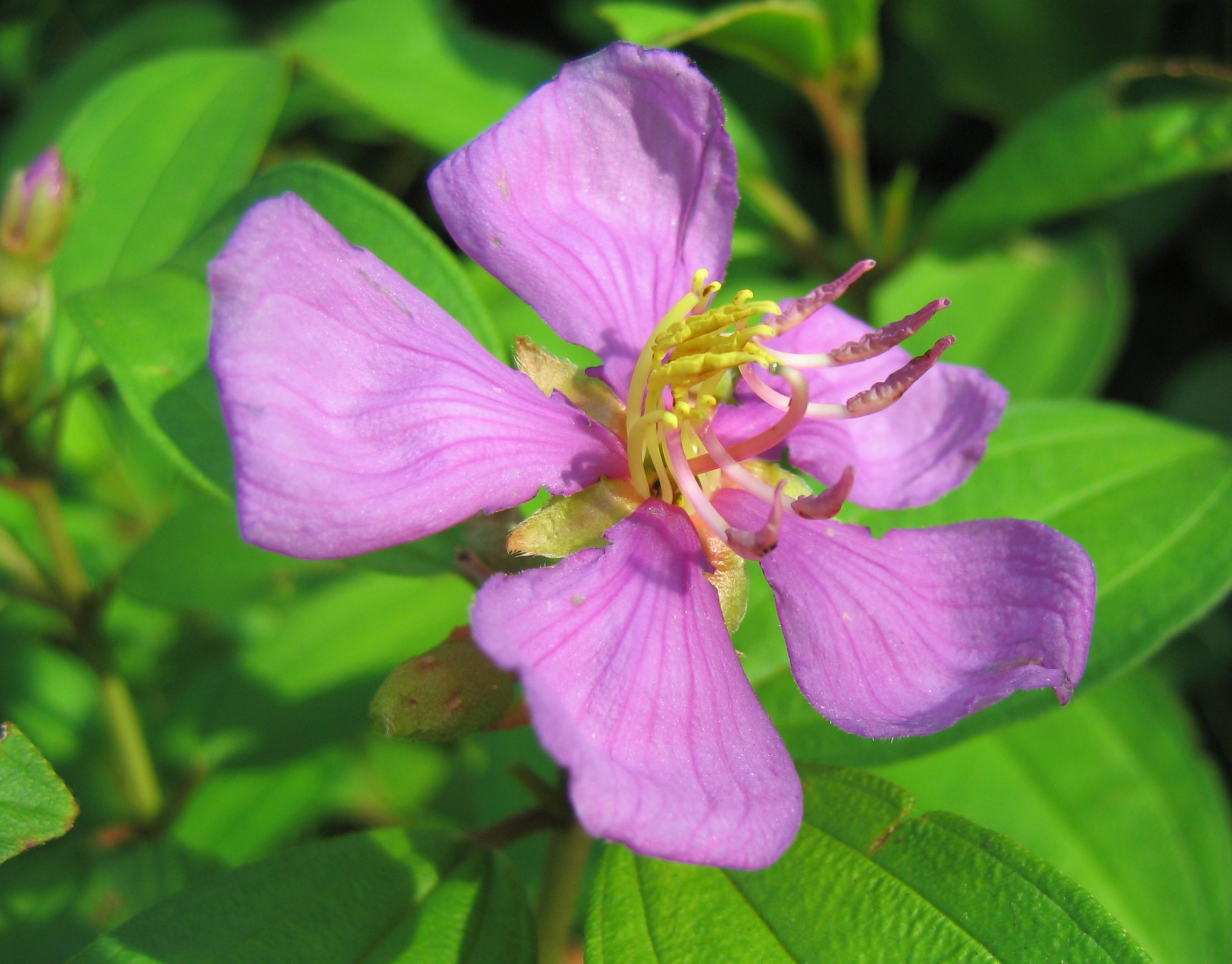During the Circuit Breaker, our local flora thrived, bringing colourful diversity to our usually-clean-cut green spaces. However, some of these fast-growing local wildflowers have actually been used in traditional medicine for a variety of ailments. Let’s appreciate what nature has gifted us with!
Mimosa Pudica “Touch Me Not”

Aka the Sensitive Plant and Touch Me Not, it collapses to the touch, folding its leaves up and its stems slacken and wilt. Mimosa pudica is used in Ayurvedic medicine as a powerful gut cleanser, parasite killer, and is also used to stop bleeding and treat skin issues.
Tridax Procumbens “Coat Buttons”

Traditionally, this plant – aka Coat Buttons or Tridax Daisy – has been in use in Ayurvedic medicine for wound healing (boils, blisters, and cuts) as well as an anticoagulant, antifungal, and insect repellent.
Ipomoea Cairica “Morning Glory”

Commonly known as Railway Creeper or Morning Glory, the plant is medicinally used as an antioxidant, anti-inflammatory, and antiviral – it’s also highly potent against malaria. In Brazilian folk medicine, it’s used for rheumatism and inflammation.
Melastoma malabathricum “Straits Rhododendron”

Also known as Senduduk, this plant is used as a decoction made by boiling its roots is used as an anti-vomiting medicine, while the leaves are rubbed against a leech bite to stop the bleeding. It also treats indigestion and fever.
Emilia sonchifolia “Cupid’s Shaving Brush”

This edible plant is used in the treatment of bowel complaints and in combination with Justicia secunda, it lowers blood sugar levels. The juice of the leaves is used to treat eye inflammations, night blindness, and cuts and wounds.











